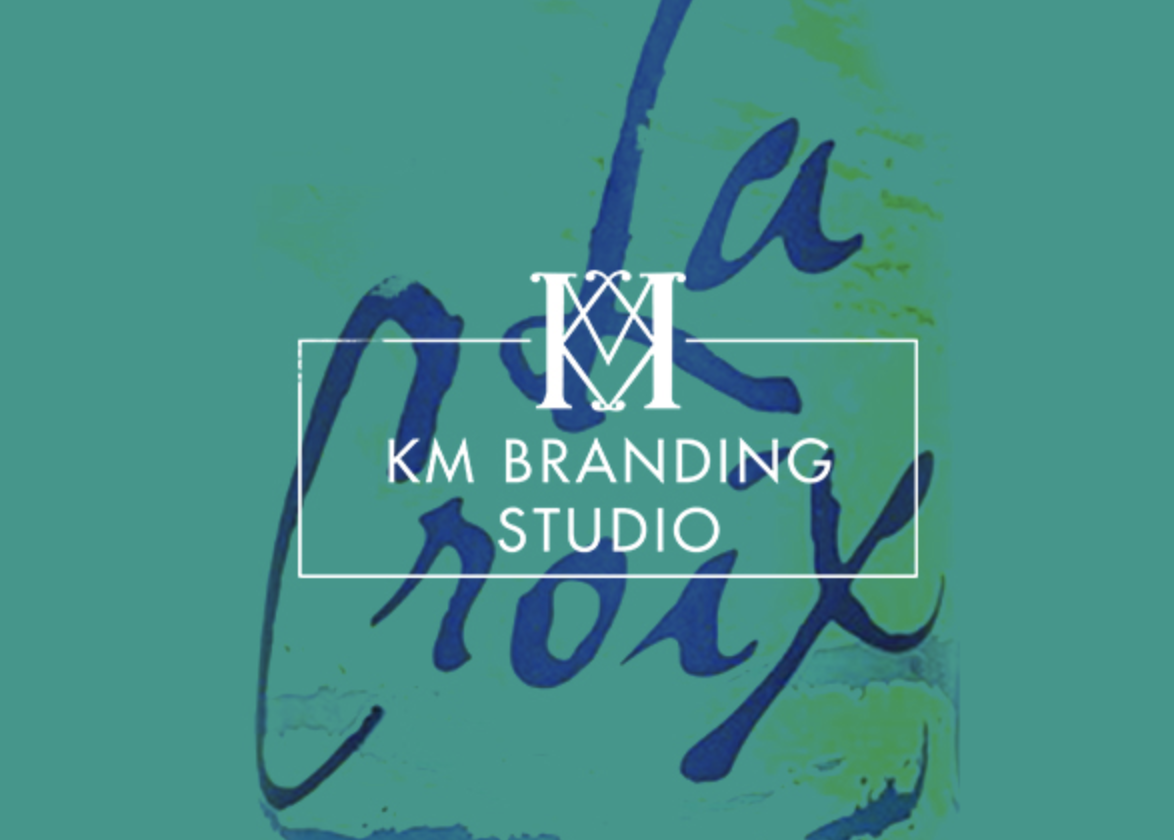LaCroix has spent much of the last decade as America’s favorite sparkling water brand. The company has controlled up to 30% of the sparkling water market by marketing its product as a healthy alternative to sodas, offering more than 20 exotic flavors like apricot and pamplemousse (grapefruit). The company has been a consistent favorite among millennials and social media influencers, establishing a high level of brand loyalty that any company would cherish—or so it seemed.
In the last nine months, LaCroix’s brand has been put to the test. The company has suffered a steep drop in sales and a 62% slip in stock price of LaCroix’s parent company, the American beverage developer known as National Beverage Co. So how does a beverage giant that posted $550 million in sales for 2015 fall so far from the good graces of consumers?
To understand the problems facing LaCroix today, you can look to the company’s peculiar path to popularity.
The LaCroix Brand Showed It Had Staying Power Early On
When LaCroix first launched in 1981, it was hard to imagine that a sparkling water company based in La Crosse, Wisconsin would be able to compete with the powerful sugary soda companies of the day. But within the first decade of its existence, LaCroix showed seltzer was more than just a fad. The company reached sales of $25 million by 1992 and National Beverage Co. purchased LaCroix from the G. Heileman Brewing Co. soon after.
Rebranding Launched LaCroix into the Mainstream
LaCroix entered the new millennium by embarking on a full rebranding campaign, a move that cemented the company’s place among some of the most recognizable beverage brands on the market. The process began with a variety of new package designs and logos for the company to choose from. The executives at LaCroix favored a sleek, modern look. But focus groups preferred an option featuring the pastel colors and decorative, handwritten script we still see on grocery store shelves today.
While LaCroix was surprised by the preference of the focus group, the company chose to go with what the people wanted and it paid off. The design choices allowed LaCroix to match can colors with exotic water flavors and stand out as an appealing alternative to soda.
LaCroix Capitalized on Health Trends
Soda companies have always faced a certain level of scrutiny. Health advocates, governments and parents alike have expressed displeasure with the amount of sugar and caffeine in the products. But in recent years, studies that link sugary drinks to serious diseases like Type 2 diabetes have put even more pressure on the soda industry. Consumers took notice as soda companies saw a 1.2% decline in 2015, bringing soda consumption to a 30-year low.
From the beginning, LaCroix was marketed as an all natural option for those seeking the bubbly texture of soda without the excess sugar and caffeine. As health trends continued to shift the focus of consumers to healthier alternatives, LaCroix was able to capitalize.
Smart visual branding and the struggles of major soda companies allowed LaCroix to take its place as a powerhouse in the beverage market. So how did it all go wrong?
LaCroix Accused of Misleading Consumers with Natural Flavor Label
According to USA Today, a class action lawsuit filed in October 2018 alleges that LaCroix products labeled as naturally flavored don’t, in fact, contain natural flavors at all.
Through some above average detective work, a LaCroix fan discovered the company’s products contained synthetic compounds. National Beverage Co. denies the allegations, but the impact on consumer confidence is evident in LaCroix’s sales numbers.
LaCroix has since changed its “natural flavor” product label to the phrase “Naturally Essenced.” The new label resembles how LaCroix’s sparkling water is really made. But lawsuits demand that LaCroix remove the word “natural” from its products altogether.
Questions about the safety of LaCroix’s natural essences remain vague. According to Popular Science, the natural essence oils in LaCroix products are considered synthetic because they are often used in products like cockroach insecticides. But the essence oils are extracted from flowers, spice plants, and citrus peel—all pretty natural. And there has been almost no documented evidence of adverse health effects from ingesting the ingredients.
Fair or not, it’s easy to see why consumers might feel unnerved. LaCroix used its visual identity to set its products apart from the “unhealthy” soda industry, only to be accused of misleading the public on just how healthy a can of pamplemousse really is.
The Competition Caught Up
The last decade saw major soda companies struggle to match up with LaCroix in the sparkling water market. But now competitors see a more level playing field.
A new CNN report charts the sudden rise of LaCroix’s competitors. Coca-Cola recently released a flavored, sparkling version of the company’s Smartwater brand. PepsiCo has also ventured into the sparkling water market with a new product called Bubly. Bubly offers eight fruit flavors in brightly colored cans, promising to deliver an alternative to sodas.
Sound familiar?
Recent events have plunged LaCroix into a full brand identity crisis. With the allegations of false advertisement and rising competition, National Beverage Co. may no longer be able to market LaCroix as the all-natural alternative to soda.
Where Does LaCroix Go from Here?
LaCroix once launched one of the more successful rebranding campaigns in recent memory. If the company hopes to overcome hard times, they need to once again differentiate themselves from the competition.
LaCroix’s brand image will need more than brightly colored cans and eccentric font this time around. LaCroix could recapture Millennials by embracing the trend in sustainable packaging. In 2015, a Nielsen poll found that 73% of Millennials are willing to pay more for sustainable products. A commitment to delivering sparkling water in an eco-friendly way could separate LaCroix from Smartwater and Bubly, two products that still use aluminum cans and plastic bottles.
LaCroix must find a way to address the issue of the “naturally essenced” labeling. But taking on a new cause could convince Millennials to embrace the product again.
Visual Identity Communicates Brand Values
Transparency is vital to good communication and good communication is vital to your brand. It’s the desire for transparency that led a consumer to research more about the ingredients in LaCroix, rather than take the “all-natural” label at face value.
Ultimately, consumers seek out brands they feel are trustworthy. Your brand’s visual identity is powerful as it helps to communicate your brand’s trustworthiness to the consumer. Something like a misuse of labels could damage that trust, leaving your competition with an opportunity to take advantage.
If you’re interested in building your brand’s visual identity with KM Branding Studio, contact our team today to learn more about what we can offer.

